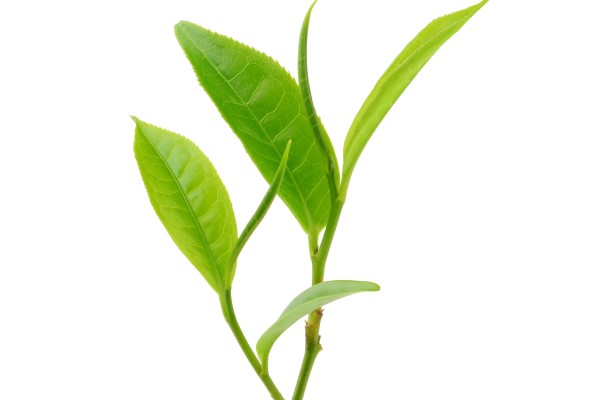Camellia sinensis.
If you didn’t already know, this is the plant that all traditional teas come from: black tea, green tea, white tea, oolong, and our focus today – matcha. Isn’t it fascinating that we get all of these very different beverages from one plant? They are simply processed and sometimes grown differently to yield various tastes and effects.
I must tell you that I’ve been caffeine-free for a few years now, but I recently started drinking matcha tea in the morning after completing an online learning course from the Society of Wellness titled Functional Herbal Therapy and Cancer by Kerry Bone, one of my favorite herbal teachers.
This course was absolutely amazing and the power of green tea kept coming up over and over and over again. For instance, it is one of the 4 G’s of anti-aging, alongside ginseng, ginkgo, and garlic.
Are these plants a part of your daily life?
Because remember: vitality isn’t about doing one big thing, it’s about all the little things we do that either move us towards the highest version of ourselves or away from health and vitality. You choose.
Green tea also addresses 3 out of 10 key strategies to prevent cancer:
- Reducing oxidative stress, increasing detoxification, and inducing Nrf2 which is a master regulator of antioxidant production in our bodies. You need to know that the antioxidants your body makes are infinitely stronger than the ones you eat. Green tea helps your body make strong antioxidants.
- “Thinning” the blood resulting in healthy endothelial responses and improved tissue perfusion. This has to do with what is called the tumor microenvironment, asking the basic question: is your tissue a breeding ground for cancer? There is a thin layer of epithelial tissue lining your blood vessels and you want it to be healthy – green tea helps here.
- Supporting healthy methylation and increasing epigenetic/genomic stability. While genes are far from destiny, what we consume and how we live affects genetic expression. We want stable genes, and no surprise here: green tea protects our genes.
Matcha is a special form of green tea – it’s a finely ground powder of Camellia sinensis leaves with the stems and veins removed that have been shade grown for 3-4 weeks before harvest. This technique increases their caffeine and theanine content, which is the part of green tea that gives you that alert, happy, calm feeling.
Ready to try it? I can tell you that this alone is delicious: Matcha Latte MCT Oil Powder from Perfect Keto where ceremonial-grade matcha is combined with MCT oil powder and a touch of stevia. All you have to do is add hot water, blend, and enjoy. But I’ve discovered a way to take it to the next level by making a pumpkin matcha latte…
Pumpkin Matcha Latte
What you need:
- 1 cup boiling water
- 1 scoop Matcha Latte MCT Oil Powder from Perfect Keto
- ½ teaspoon pumpkin pie spice
- A batch of the Best Nut Milk Ever
While water is boiling, place matcha latte powder and pumpkin spice in blender. Add nut milk to frother – press start (this usually takes about 2 minutes). When water has boiled, pour one cup into blender and mix on high until creamy and frothy. Pour the matcha into your favorite mug and then add frothed milk.
Sit back, relax, and know that Starbucks can kiss your ass – you are now empowered to make your very own tasty, low-carb, health-promoting latte at home. Mmmmmm.
Drink your matcha in peace, my friends!
Love,
Charlotte
PS – Don’t miss a beat or a good eat and sign up for my weekly newsletter. I’m always learning something new and want to share it with YOU!

